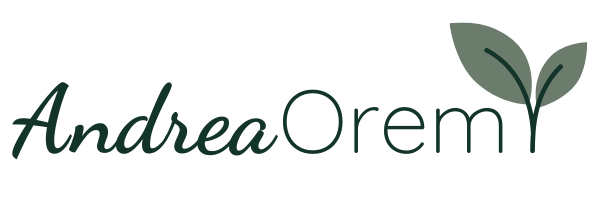
You’re planning, adjusting, encouraging, tracking progress, communicating with parents, prepping materials, troubleshooting schedules, and holding space for students who sometimes bring their whole emotional world into the room.
You might wonder if it’s going to replace you, make your job irrelevant, or take the “human” out of teaching.
It cannot understand the subtle shift in a student’s confidence.
It cannot hear the difference between effort and overwhelm.
It cannot offer the steady, compassionate presence you bring into every lesson.
Imagine feeling less behind and more anchored in the work that lights you up.
Not a replacement... A helper.
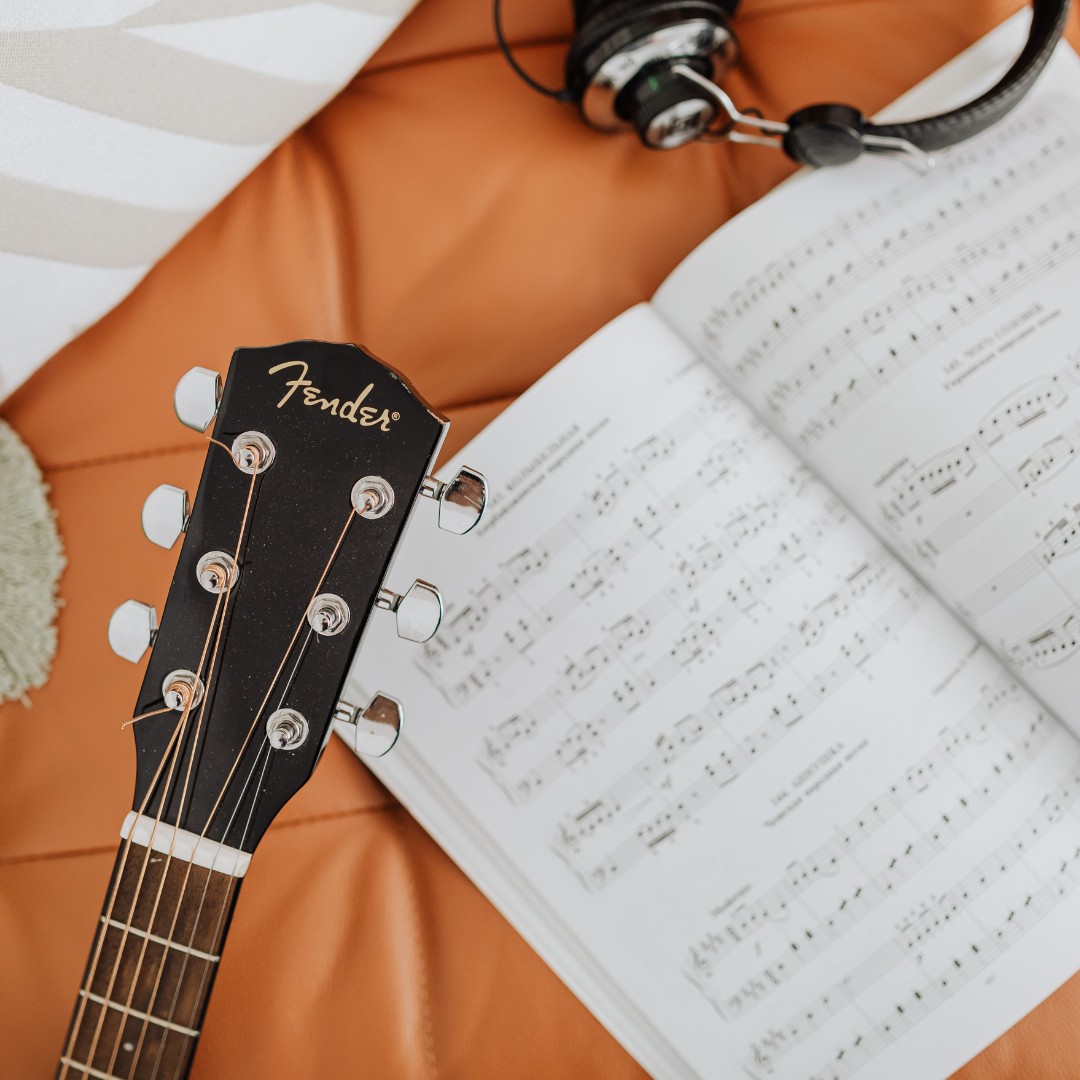
Creativity Doesn’t Thrive on Pressure
It needs space, stillness, and energy.
How to Protect Your Creativity (Even When Life Is Full)
- Protect quiet time like it’s part of your job. Because it is. Silence is where new ideas form. Even ten minutes counts.
- Notice what drains you. Some commitments sound good on paper but leave you feeling flat. Pay attention to that.
- Create before you consume. Even five minutes of journaling or playing music before scrolling helps your brain stay original instead of reactive.
- Fuel your body. Creativity lives in your physical energy. Sleep, hydration, and nutrition matter more than you think.
- Support your recovery. This is where things like peptides can come in, not as a fix but as support. They help your body repair and restore energy at the cellular level, which makes it easier to access that flow state again.
Creativity and Rest Work Together
Ready to Start Protecting Your Creativity Again?

Burnout Isn’t a Lack of Passion. It’s a Lack of Recovery.
What Real Recovery Looks Like for Teachers
- Movement that restores, not depletes. Gentle stretching, walking outside, or even dancing in your kitchen.
- Fuel that supports your brain and body. Protein, hydration, and supplements that actually help your cells repair.
- Boundaries that protect your energy. You don’t need to respond to every message right away. You’re allowed to have quiet.
- Practices that regulate your nervous system. Breathing, prayer, journaling, or simply sitting still for five minutes before your next lesson.
The Shift That Changes Everything
Maybe it’s ending lessons ten minutes early so you can stretch and breathe.
Maybe it’s swapping the afternoon coffee for water and a walk.
Maybe it’s asking for help before you hit the wall.
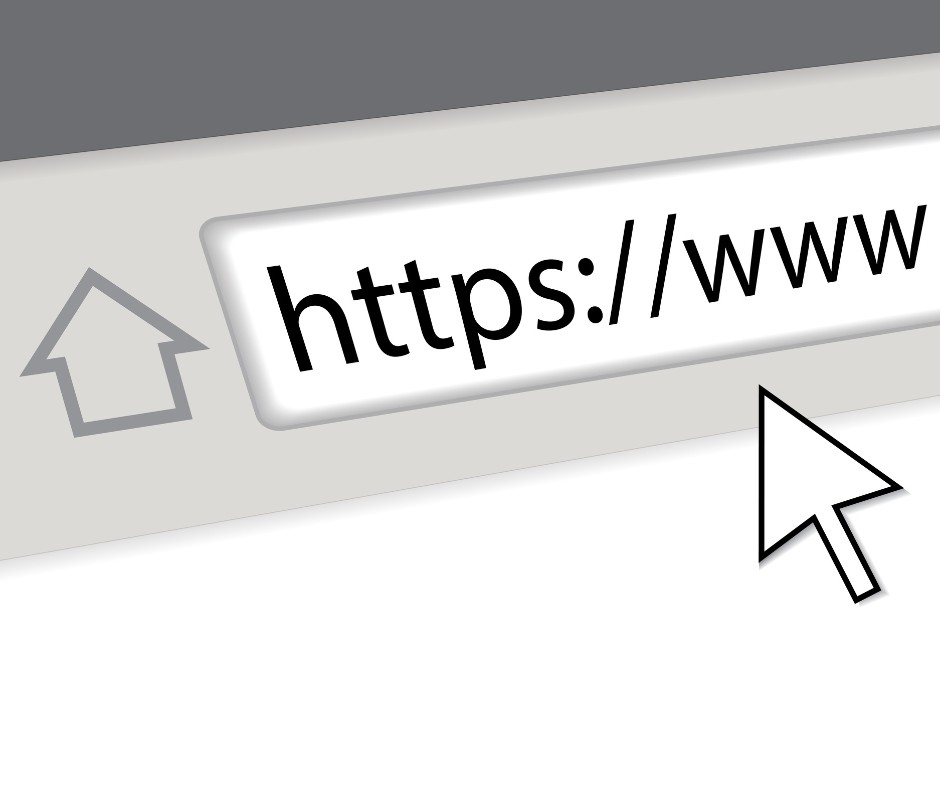
You’re a Music Teacher, Not a Web Developer (And That’s Okay)
- Teach fewer hours but earn more
- Attract students without sending cold DMs
- Build a scalable business that lets you work from home and still be there for your family
3 Common Mistakes on Music Teacher Websites (That Keep You Stuck)
1. It’s All About You Instead of What They Get
2. No Clear Call to Action
3. It Doesn’t Sound Like the Real You
If your site looks like every other studio out there, it blends in instead of standing out.
Your Website Should Work for You (Even When You’re Teaching)
A parent finds your site on Pinterest or Google.
Within two minutes, they feel connected, understand your offer, and take action.
Your system sends a welcome message, offers a free guide, and starts building trust while you’re teaching your next lesson.
Ready to See If Your Website Is Helping or Hurting Your Growth?

That feeling when your schedule’s so full you can’t tell whether you’re tired or just out of caffeine.
But here’s the truth: performing at your best in teaching, business, and life isn’t about squeezing more in. It’s about learning how to protect your energy so you can actually show up fully for the things (and people) that matter most.
1. Stop Managing Time. Start Managing Energy.
It’s not. Energy is.
You can’t teach eight lessons in a day and expect every one to get your best self if you don’t protect the fuel that makes you you.
Here’s what actually helps:
- Batch your energy, not your tasks. Notice when you naturally have more focus or patience, and save your most demanding students for that window.
- Build reset moments between lessons. Two minutes of silence, a short walk, a drink of water. It’s not wasted time; it’s recovery.
- Track your rhythms, not your hours. Are you sharper in the morning? More creative at night? Build around that.
2. Guard Your Focus Like It’s Gold
It’s focus, empathy, creativity, and problem-solving all rolled into one. And that kind of output requires mental space.
To protect it:
- Feed your brain, not just your body. Protein and hydration beat sugar crashes every time.
- Rethink caffeine. If you need a second cup by 10 a.m., your system’s asking for support, not more stimulation.
- Practice micro rests. Two quiet minutes before a lesson can reset your brain faster than a long break you’ll never actually take.
We’ll get into that more in another post.
3. Rest Is a Skill, Not a Reward
And without rest, your body can’t recover, your creativity can’t breathe, and your patience can’t stretch.
Real rest looks like this:
- Going to bed earlier than your brain wants to.
- Stretching between lessons even when you’d rather scroll.
- Taking one evening completely off from work each week, not to catch up, but to just be.
- Nourishing your body with simple meals that stabilize energy instead of spiking it.
4. Build Your Performance Stack
Think of it as the few things that keep your mind clear and your body strong enough to handle the schedule you’ve built.
Mine looks something like this:
- A grounding morning routine with five minutes of silence before the noise starts.
- Midday movement, a walk or stretch instead of another scroll break.
- Fuel that lasts, real food and water instead of caffeine and adrenaline.
- Cellular recovery tools, the behind-the-scenes science like peptides that help my body bounce back faster than it used to.
5. Your Students Feel Your Energy
When you’re centered, they sense it.
When you’re rushing, they mirror it.
Your energy sets the tone for every lesson, every conversation, every creative moment. Protecting that energy isn’t selfish. It’s responsible. It’s how you sustain a teaching career that doesn’t burn you out.
Because performing at your best doesn’t mean running faster.
It means learning to move through your days with enough space to breathe, create, and still have something left for yourself when it’s over.
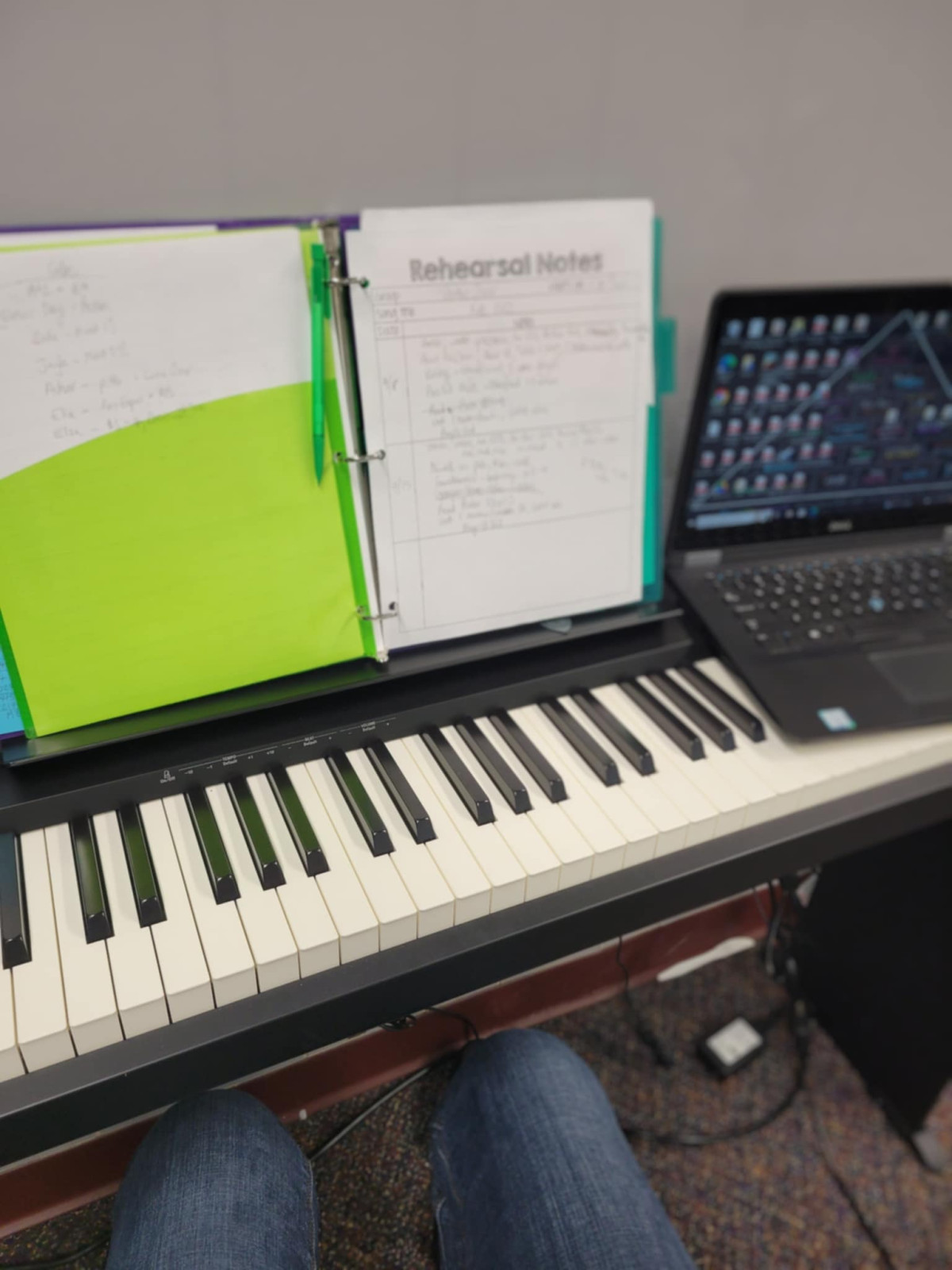
Step 1: Start With Your Season
- What matters most in this season of life?
- What do I want my days to feel like?
- What’s realistic for my energy and capacity right now?
- Slow mornings
- Teaching blocks in the afternoon
- Protected time for rest, family, and personal projects
Step 2: Set Clear Teaching Hours (That Work for You)
- Group similar lessons or classes together
- Teach during your peak energy hours
- Build in a “buffer block” once a week for reschedules or overflow
Step 3: Give Admin + Planning Tasks Their Own Space
Parent communication.
Scheduling.
Invoicing.
Marketing or social media (if you do that).
- Admin Monday afternoons
- Email catch-up on Tuesday + Thursday mornings
- A batch prep session for social media every other Friday
Step 4: Schedule Personal Time Like It’s a Lesson
- Walks during the day
- A Sabbath-style rest on Sunday
- Weekly date nights
- Creative time that’s not “for work”
Want Help Structuring Your Week?
Be sure to listen to Episode 6 of Out of the Music Room for the full breakdown.
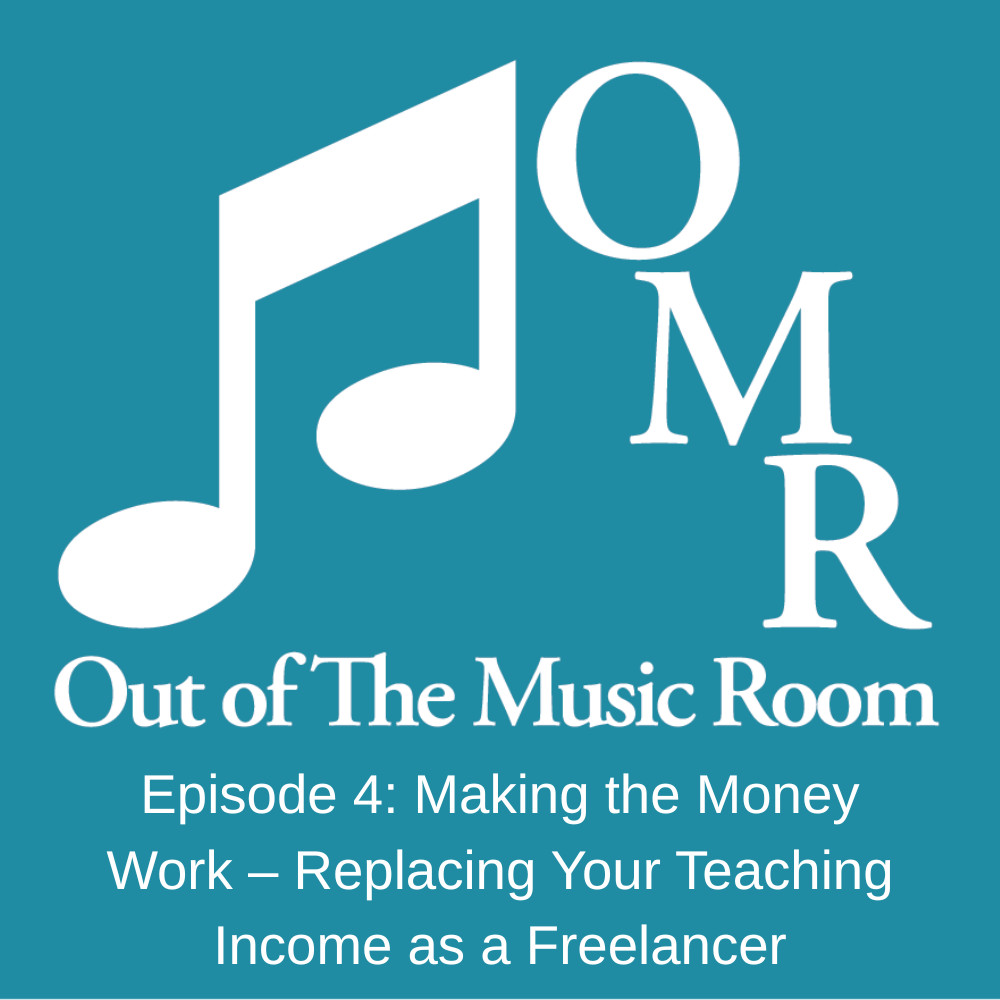
Get Clear on the Real Numbers
Build Smarter, Not Heavier
- Private lessons in voice and piano
- Group classes (more students, same time)
- Homeschool enrichment programs
- Seasonal workshops and camps
- Digital resources and asynchronous learning tools
- Affiliate recommendations for things I already loved and used
The Pricing Shift That Changed Everything
- Your years of experience and training
- The prep time you don’t bill for but always do
- The emotional energy it takes to show up, week after week
- The confidence and joy your students walk away with
You Deserve More—and That’s Okay
You create more when you’re not scrambling.
You serve deeper when your own cup isn’t empty.
One More Thing...
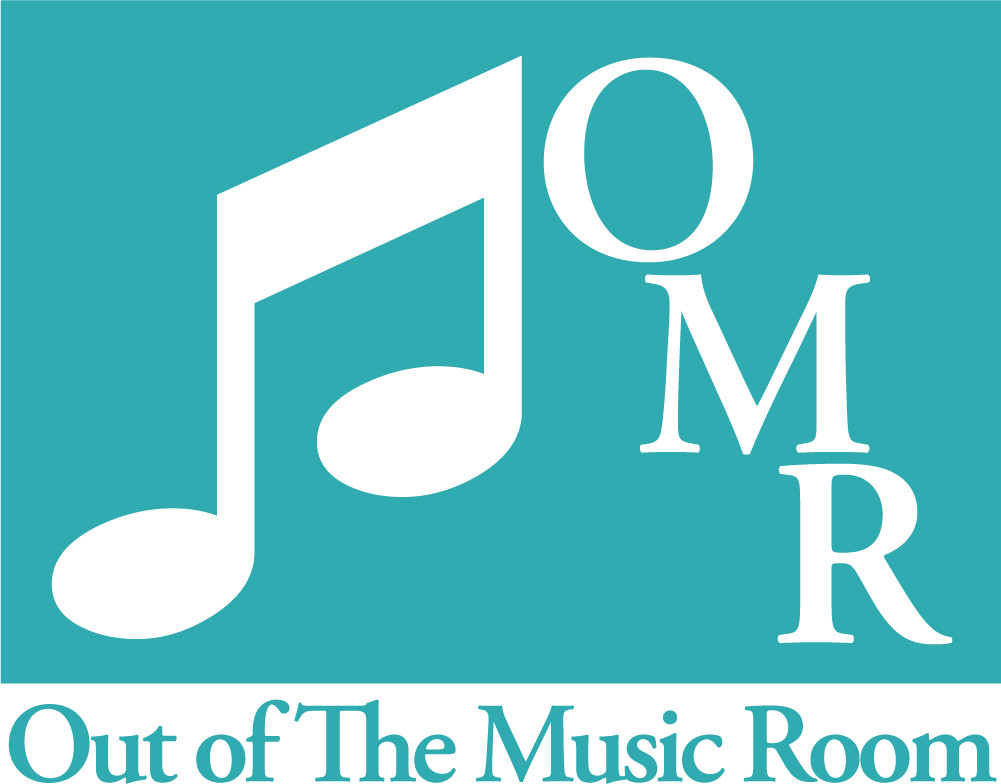
Yes — I’m a composer.
Yes — I could have written my own podcast intro music.
And no — I didn’t.
And not because I ran out of time.
I chose not to — on purpose.
🎶 I Could Have Composed It… But I Didn’t Need To
“You should write your own theme music. You’re a composer. It would be the perfect showcase.”
- To launch.
- To start connecting.
- To teach, to encourage, to serve.
🧠 Just Because You Can Doesn’t Mean You Should
To check every box.
To make it all “custom.”
✨ What This Looks Like in Your Business
You don’t have to do everything to prove you're talented.
You don’t have to build it all from scratch to make it meaningful.
You don’t have to be the composer, performer, editor, marketer, admin, AND accountant.
TL;DR (Because: real life)
🎯 If Marketing Is the Thing You Know You Need to Hand Off…
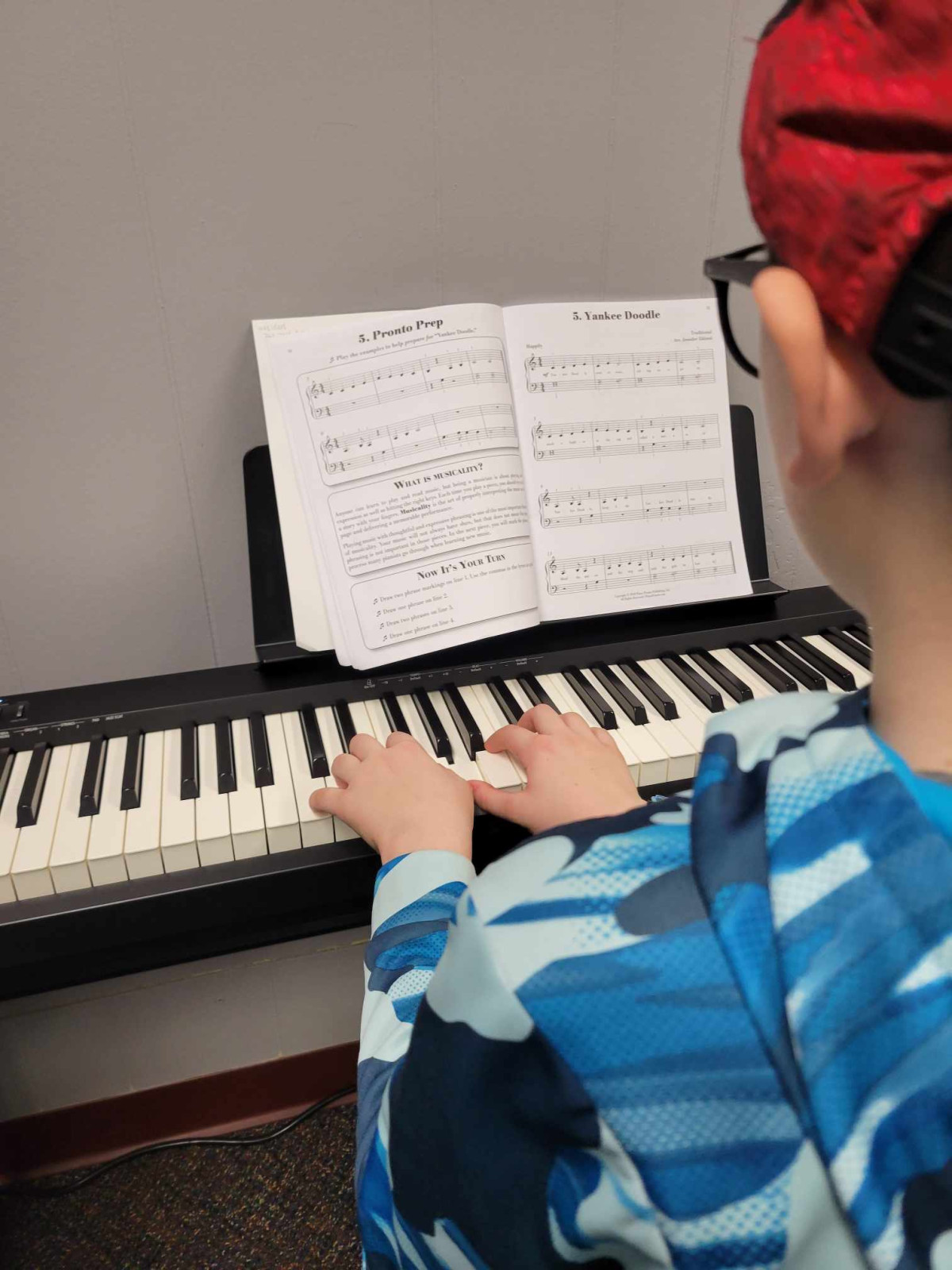
There has got to be a better way to teach music.
That’s another story.
Signs freelance teaching might be your next step:
- You’re still passionate about teaching, but totally burned out by the system
- You want more flexibility for your family, your health, your sanity
- You’re craving more creativity, freedom, or income potential
- You’re drawn to the idea of building something that’s yours

- Summer break
- The holidays
- That awkward post-recital slump
- Mid-January when everyone’s still in pajamas
Students travel, families go into hibernation mode, and suddenly your inbox is quieter than you’d like.
Should you stop marketing during these “off” times?
First: Off-seasons aren’t failures—they’re rhythms.
You’re not doing anything wrong if things slow down in July or January.
How you show up during the quiet seasons sets you up for the busy ones.
So what kind of marketing does work in off-seasons?
This is the time to show up with value—tips, encouragement, behind-the-scenes moments. Stay top-of-mind without shouting “Buy from me!”
Summer is a great time to warm up your email audience, run a simple re-engagement sequence, or share a few “what I’m working on” updates.
Plant seeds for fall enrollment or back-to-school offers. Preview what’s coming, share early-bird bonuses, and invite people to get on your waitlist.
This is prime time to refresh/redo your website, update your welcome sequence, or build out new evergreen offers. Do the foundational work now so it’s ready when inquiries pick back up.
Want some fresh eyes on your marketing strategy?
A quiet season isn’t a dead end.
It’s a window of opportunity.

Yes.
Long answer?
Absolutely—but you’ve gotta get strategic.
If you’ve ever considered deleting your Instagram account mid-scroll or felt a tiny bit resentful of having to dance, post, or film your life just to get students... you are not alone.
You don’t need to be everywhere online to build a thriving business.
Why this myth is so loud in our industry
We were trained to teach.
Hoping someone notices
Spinning our wheels trying to stay “visible”
So what does work if I’m not using social media?
✔️ Email marketing (yep!)
You don’t need a giant list—just the right people and a clear message.
✔️ Local SEO (Google-friendly content)
✔️ Local connections + word of mouth
Coffee shop flyers, community boards, PTA connections, partnerships with local schools or homeschool co-ops… golden.
✔️ Free value-packed content
Not to go “viral,” but to build trust.
And when those resources are paired with a smart CTA to join your email list? Boom. You’ve got a system.
You don’t need more followers—you need more focus.
More connection.
I help music teachers build exactly that kind of business.
Strategic. Sustainable. Soulful.
Ready to find your local edge?
It’ll show you how to spot opportunity gaps, position your business in your community, and grow without posting on every platform.
You're building a business.
And you get to do it in a way that actually works for your life.

- Talking (a lot)
- Demonstrating (over and over again)
- Conducting, singing, cueing, correcting
- Trying to maintain posture, presence, and patience
- …often while clenching your jaw and smiling through the stress
Maybe your head, too. Or your ears. Or your neck.
Sound familiar?
Why Music Teachers Are Prone to TMJ Dysfunction
My Story (In Case We Haven’t Met Yet)
What Helped Me (And What I Created to Help You)
- What’s really causing your jaw tension
- Simple changes you can make in just a few minutes a day
- How to break the cycle of pain so you can keep doing what you love
- How to build strength and mobility that lasts (without overwhelm)
You Deserve to Feel Good—In and Out of the Classroom
Now it’s time to pour into you.
Check out TMJ Strong.
It might just be the thing your future self will thank you for.
